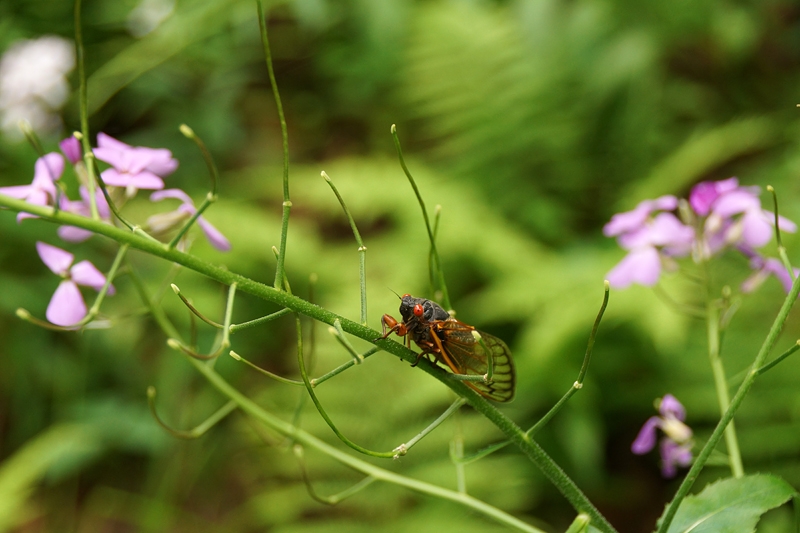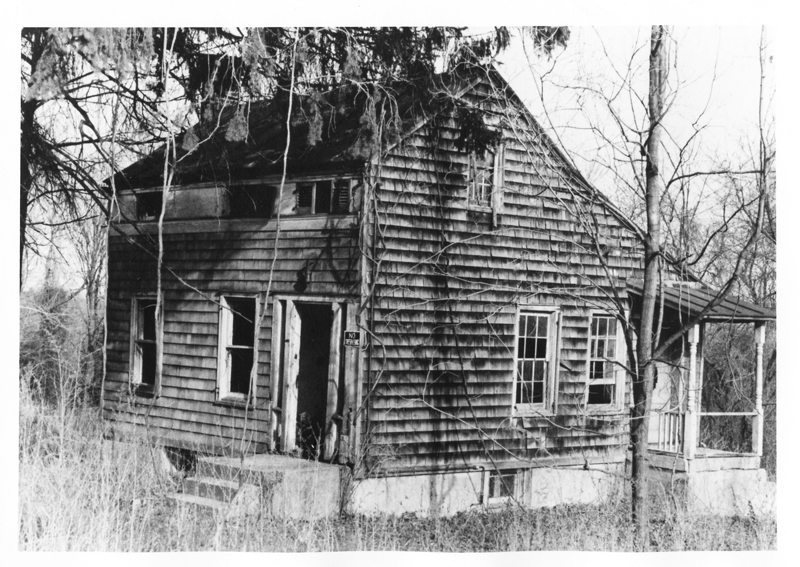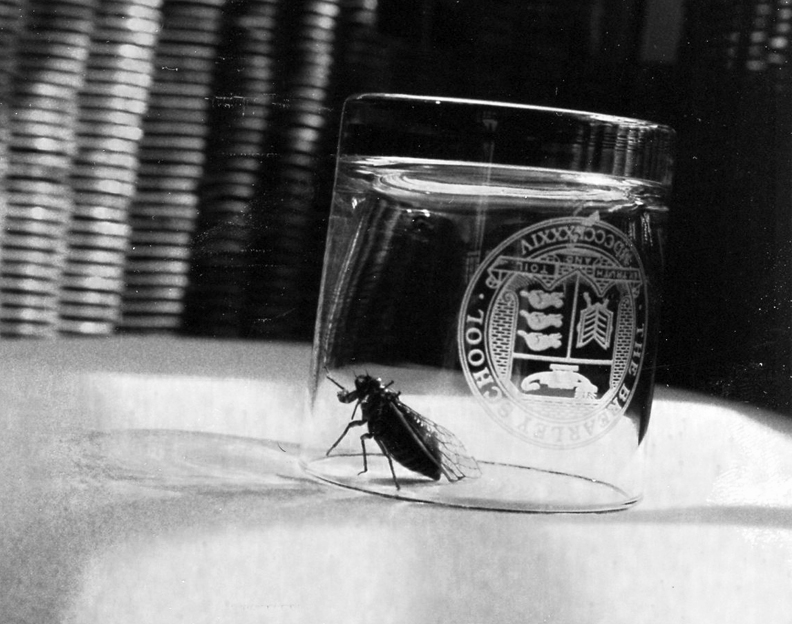Updated 9 June, 2013
On June 1, sometime in the early morning, the cicadas arrived in southern Columbia County. Slowly they have made their way up the eastern seaboard, and day by day I’ve been hearing reports of their noisy arrival from friends to the south. On Friday May 31, my brother-in-law got his first earful in Carmel, just a few dozen miles south of us. The process is like a giant deck of cards unfurling. It began in Georgia and slowly the cards started falling in North Carolina, Virginia, Maryland, Pennsylvania, New Jersey and now New York. What tipped the first card? Some invisible finger? More incredible, it was an ancient bit of insect instinct that set off the alarm in one of nature’s most extraordinary and exquisite biological clocks.
We discovered the first Magicada septendecim of 2013 on Saturday morning, June 1, at Olana, home of the American landscape painter Frederic Church. We heard the buzzing first, but it wasn’t until we had reached the top of the newly restored Crown Hill — a dramatic spot Church created to provide panoramic views of his landscape — that we looked down and saw our first one. Within days they were everywhere, loudly playing out the final weeks of their miraculous seventeen-year life spans.
Many people are disturbed by swarms of locusts — and there are literally billions of them — but if you take a minute to think about the life cycle of these amazing creatures your horror will soon transform into unmitigated awe. David George Haskell, author of the illuminating book The Forest Unseen, put it best when he wrote on his blog: “For those lucky enough to live where the action is, remember what you’re hearing: seventeen years of stored sunlight being released all at once as acoustic energy. The terrestrial end product of nuclear fusion exploding into your consciousness.”
I’ve written about our experience of the 1996 brood in Germantown, and ever since news reports of this year’s awakening started coming in I’ve had a strange urge to think back on my life in 17 year increments. This is my fourth cicada season, and with any luck I have a few more ahead. With Haskell’s exhortation in mind, up there on Crown Hill, I did a bit of math and figured out that Church would have experienced a cicada invasion in 1860, the very year he started acquiring the lands that would become Olana. Seventeen years later, in 1877, his Persian-style house was complete, but Church was still engaged in the process of creating the network of carriage roads and landscape events that he believed was his greatest work of all. By the time he heard his last cicadas, in 1894, Frederic Church was crippled by rheumatoid arthritis and had stopped painting. He died six years later, in 1900.
What other creature beckons us so faithfully to think back in time, via the magic of “stored sunlight” transforming into “acoustic energy?” The life cycle of these insects has been honed and perfected over countless centuries, and for me their recreation of an ancient dance of life offers comfort, not horror. No matter how much and how radically our species has re-drawn the landscapes that surround us, an element of constancy exists just below our feet. These cicadas hibernate underground for precisely 17 years, sucking xylem from surrounding trees, and then they emerge to live out the dramatic stage of their life by breeding for the future. Six weeks later they die, but in the treetops above us, their descendants slowly take form, and when they are ready, they drop to ground and burrow into the earth. We are without them underfoot for just six weeks every 17 years, and during that period — this period — they dive-bomb us and drown out our conversations. A farmer I know compared the cicada buzzing to the sound of “a flying saucer landing on earth.” While they are here they make themselves impossible to ignore, and then they just disappear. We go on making scientific and technological advances; electing presidents; waging wars; re-creating landscapes.
What will you be doing in 17 years?
Click here to watch a truly gorgeous, fascinating stop-time video by Samuel Orr, “The Return of the Cicadas,” which documents the entire life span of the Magicada septendecim.












